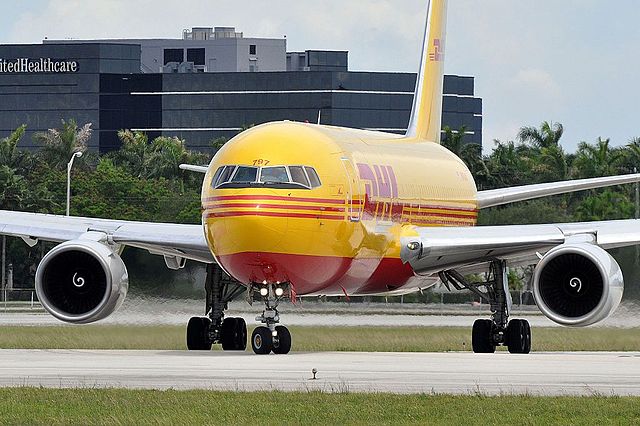 The top 20 air cargo forwarders saw their slice of the worldwide market in terms of revenue and volume decline in 2015, even as overall traffic increased by 2%, according to WorldACD.
The top 20 air cargo forwarders saw their slice of the worldwide market in terms of revenue and volume decline in 2015, even as overall traffic increased by 2%, according to WorldACD.
These leading airfreight forwarding companies registered a reduction in market revenue share from 44.5% in 2014 to 43% last year, and had their volume share shaved down from 43% to 42%, noted the Amsterdam-based air cargo analyst. Results were based on the input of more than 60 mostly large airlines.
The top 10 forwarders accounted for 32% of worldwide volume, and their composition and ranking remained the same as in 2014. DHL Global Forwarding (DGF) still led, followed by Kuehne + Nagel (K+N), DB Schenker, Expeditors, and Panalpina. K+N, Expeditors, Nippon Express, CEVA, and DHL Express achieved growth exceeding the worldwide average of 2%, while DGF, DB Schenker, Panalpina, United Parcel Service Supply Chain Solutions, and Kintetsu lagged behind.
As in 2014, airlines saw the average yield realized through large agents drop more than the yields realized through the group of forwarders outside the top 100.
Differences between the best and the worst performers in each group were significant. In the top 10, the volume growth ranged from a contraction of 10% to an expansion of 7%. Among numbers 11 to 20, the numbers varied between negative growth of 10% and positive growth of 11%. The group of the top 100 forwarders saw growth of 0.9%, and the many thousands of forwarders outside the top 100, accounting for 43% of total business, achieved better results with an average growth of 3.8%.
In none of the worldwide regions did the top 20 global forwarders outgrow their smaller rivals. In North America, the balance between the two groups was more or less maintained. But this elite group realized a lower growth, and thus lost share, in all other areas. WorldACD noted the largest difference in Europe (+1% vs. +7%) and Latin America (-7% vs. -2%). The share of the top 20 was largest in Europe (53%) and North America (49%), and smallest in Africa (12%) and the Middle East and South Asia (21%).
Photo: Eric Salard





